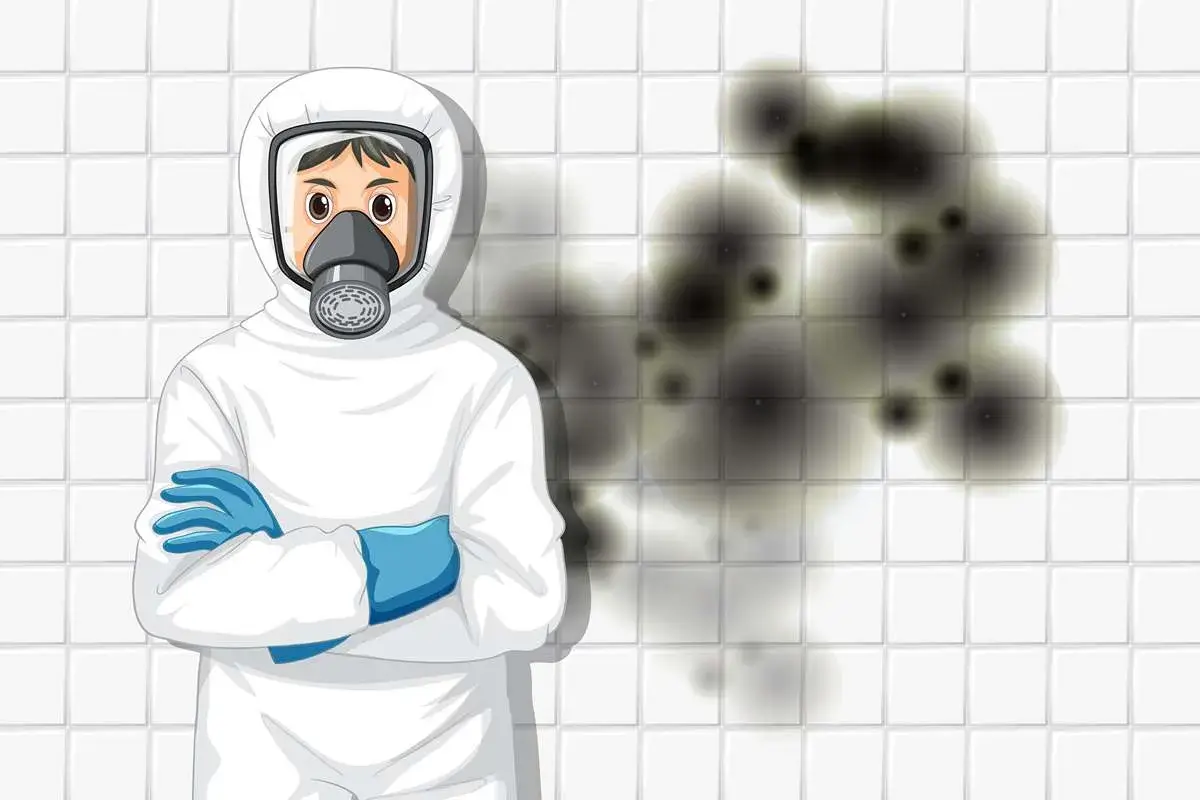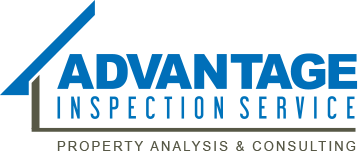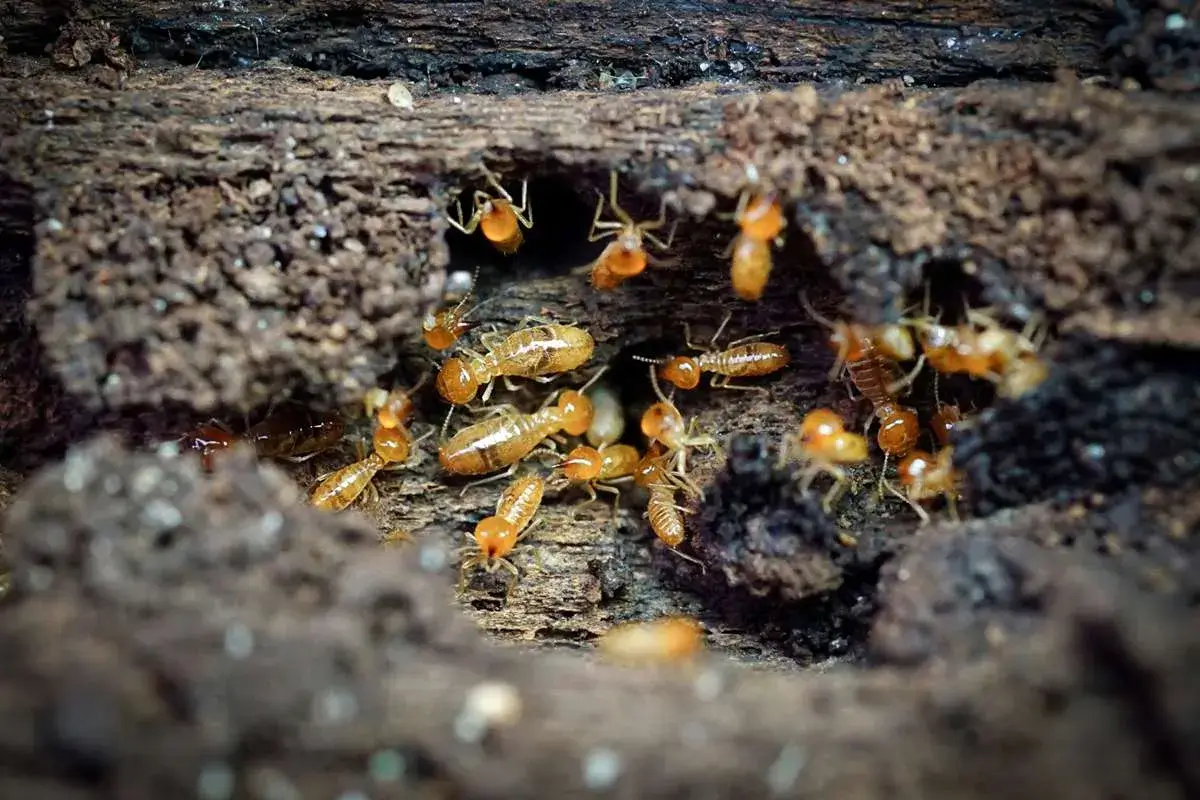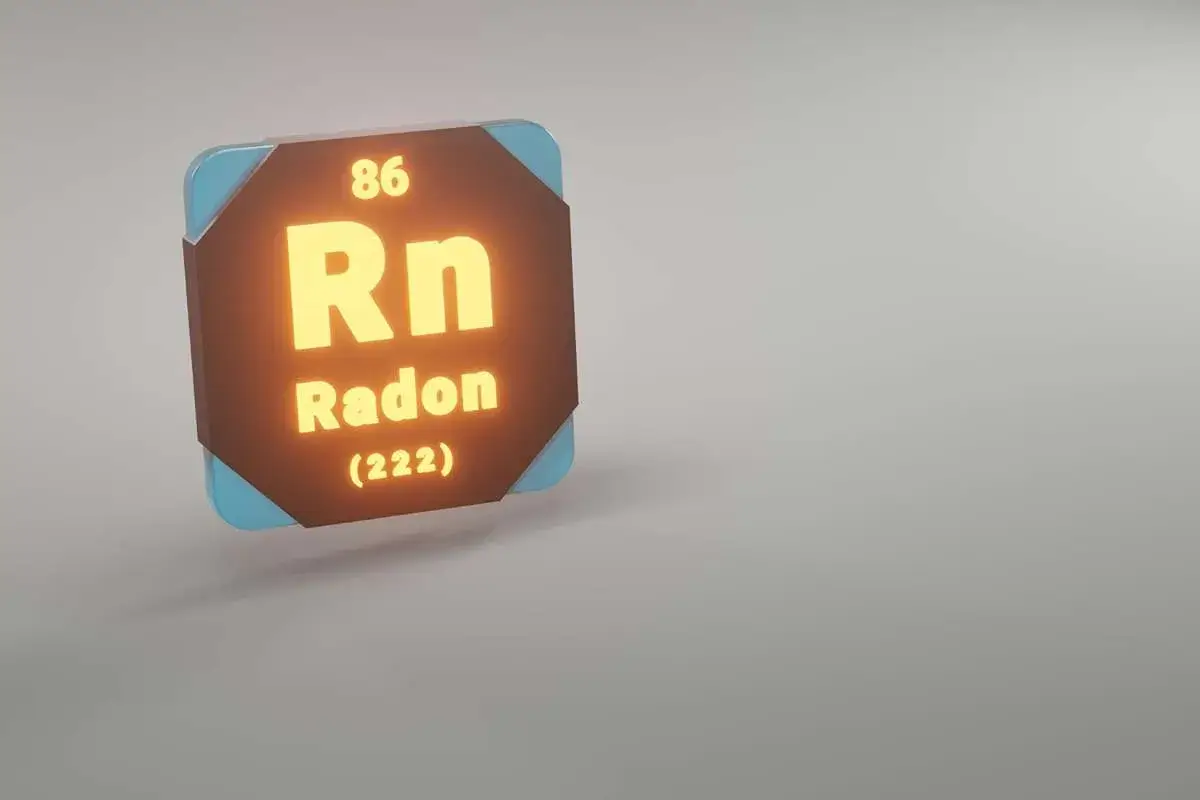When people think about home safety, they often picture locks on doors or smoke detectors…

Types of Mold Testing Techniques in Arizona: What You Need to Know
Mold builds up in your home or office, becoming more than an unwanted eyesore. It carries health threats that worsen when you fail to address it properly. Home and business owners in Arizona should be wary of mold growth because its arid climate can lead to unexpected moisture in the air.
One of the best ways to identify and deal with mold is through mold testing. This blog will explore the various mold testing techniques commonly used in Arizona. We’ll discuss why mold testing is essential, what different methods exist to identify it, and how these tests help homeowners and businesses ensure the safety and well-being of their properties.
Why Is Mold Testing Important In Arizona?
Arizona’s hot and dry weather conditions suggest mold growth would be impossible, but it is not safe from mold development. Unexpected moisture accumulation occurs in buildings through sudden showers, inadequate ventilation, and the immediate transfer of water through evaporation. High moisture content allows mold colonies to flourish, especially when water-related damage occurs.
Mold testing is essential to identify hidden mold colonies. Failure to test can lead to people breathing toxic mold spores without knowing. According to the Centers for Disease Control and Prevention (CDC), this results in dangerous health complications, including respiratory issues, allergic reactions, and various other illnesses.
For Arizona residents, mold testing is key in maintaining healthy indoor environments, particularly in homes and businesses that have experienced water damage.
Common Mold Testing Techniques Used In Arizona
There are several methods to detect mold growth in your home or commercial building when it comes to mold testing. The individual features of each testing method apply to various scenarios. Let’s explore the most common mold testing techniques used by professionals in Arizona:
Air Sampling
Air sampling is one of the most common mold testing techniques. Air testing collects samples of environmental air to detect flying mold spores.
How it works
- A mold expert uses a specialized pump to take air samples from a collection device.
- Airborne mold spores become trapped by the testing device.
- The laboratory analyzes the air samples to determine mold spore types and their concentrations.
When It’s Used: Experts primarily use it after noticing mold odor, signs of water damage, with no visible signs of mold growth. This test helps determine mold spore concentrations to assess the extent of mold growth and health risks it poses.
Surface Sampling (Swab Or Tape Lift)
Surface sampling is a hands-on mold testing technique that involves physically collecting samples from suspected moldy surfaces.
How it works
- The technician obtains material from mold-suspected surfaces using a stick or tape as samples.
- The collected samples are sent to a laboratory for examination.
When It’s Used: This evaluation method works best when visible mold traces are present on walls, ceilings, and floors. Laboratory testing helps determine the mold species and the contamination level.
Bulk Sampling
Bulk sampling is another mold testing technique where physical samples of materials (such as drywall, insulation, or carpet) are taken for mold analysis.
How it works
- The procedure involves obtaining a portion from the affected area.
- The laboratory receives the collected sample for mold analysis.
When It’s Used: The procedure works primarily where mold contamination is suspected inside insulation or walls. Through this method, researchers conduct in-depth material observation to establish the location and type of indoor mold growth.
Moisture Meter Testing
While not technically a mold test itself, moisture meter testing is often used alongside other mold testing techniques to detect moisture levels in a building. High moisture levels within an environment present clear indications that mold could be active.
How it works
- A professional moisture meter tool checks the moisture levels of wood panels, drywalls, and concrete materials.
- High meter readings indicate potential mold formations.
When It’s Used: A moisture meter is used in areas prone to leakages, floods, or humidity spikes.
ERMI Testing (Environmental Relative Moldiness Index)
ERMI testing is a more advanced mold testing technique that provides a detailed analysis of mold contamination.
How it works
- It collects dust samples from carpets and floors for analysis of mold DNA.
- The ERMI index utilizes a standard database to evaluate mold DNA quantities in the environment.
When It’s Used: ERMI testing offers effective results to individuals with mold-related allergies and sensitivities. This test gives a detailed breakdown of environmental mold because it can detect all mold DNA types. It is best suited for persons experiencing chronic health effects due to mold exposure.
Indoor Vs. Outdoor Comparison Testing
This method compares the mold spore data collected inside the buildings with outdoor data to establish differences in concentration. The test makes it possible to evaluate whether indoor air contains more contaminants than outdoor air at different locations.
How it works
- Mold examiners collect air samples at different locations in the building and outdoor areas.
- A comparison of results determines if mold levels inside are abnormal compared to external measurements.
When It’s Used: It helps determine high mold levels inside by comparing them with the outside. Based on the results, you can take corrective actions.
Conclusion: Why Mold Testing Is Essential In Arizona
Living in Arizona, where the environment can shift from dry heat to sudden rainstorms, makes mold testing a crucial part of home maintenance. The effectiveness of mold testing allows Arizona residents to maintain safe spaces by detecting post-rainy season mold growth and taking precautionary measures to prevent it.
By understanding the different mold testing techniques, you can make an informed decision about which method is best for your needs. Handling mold problems as soon as you see them will prevent more significant mold challenges.
If you’re looking for professional mold testing in Arizona, Advantage Inspection is here to help. We employ professional and modern testing approaches to discover mold in your premises before eliminating it altogether. We take care of your mold problem so you can breathe easily and sleep peacefully. Contact Advantage Inspection now to schedule your mold examination so you can protect your premises from mold invasion.



